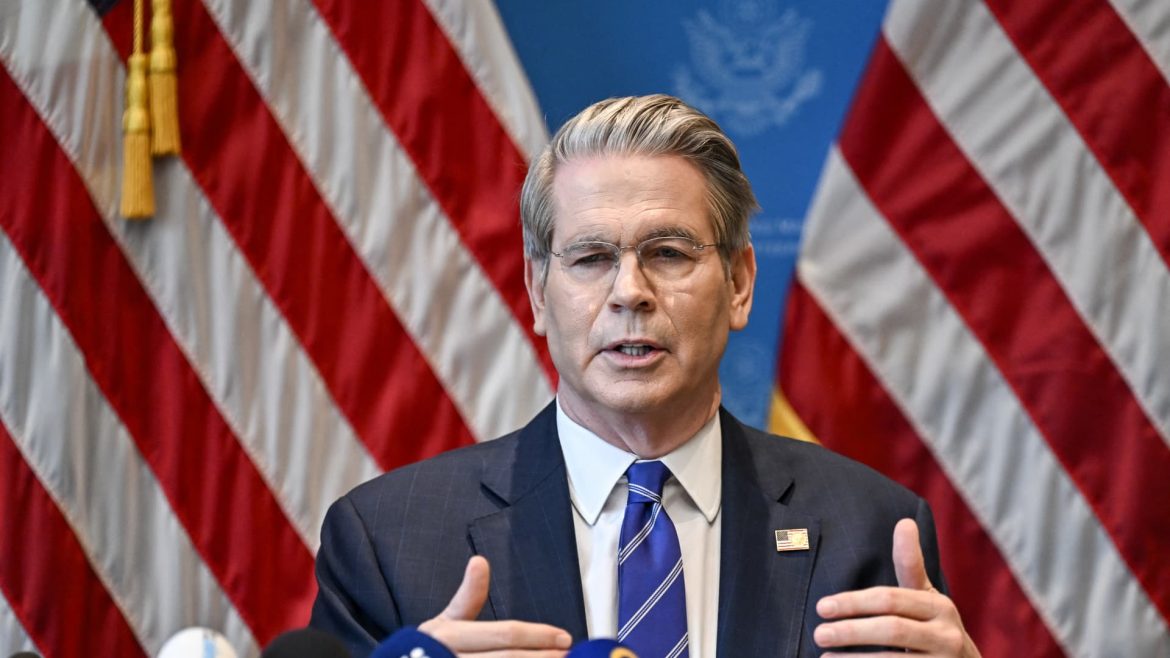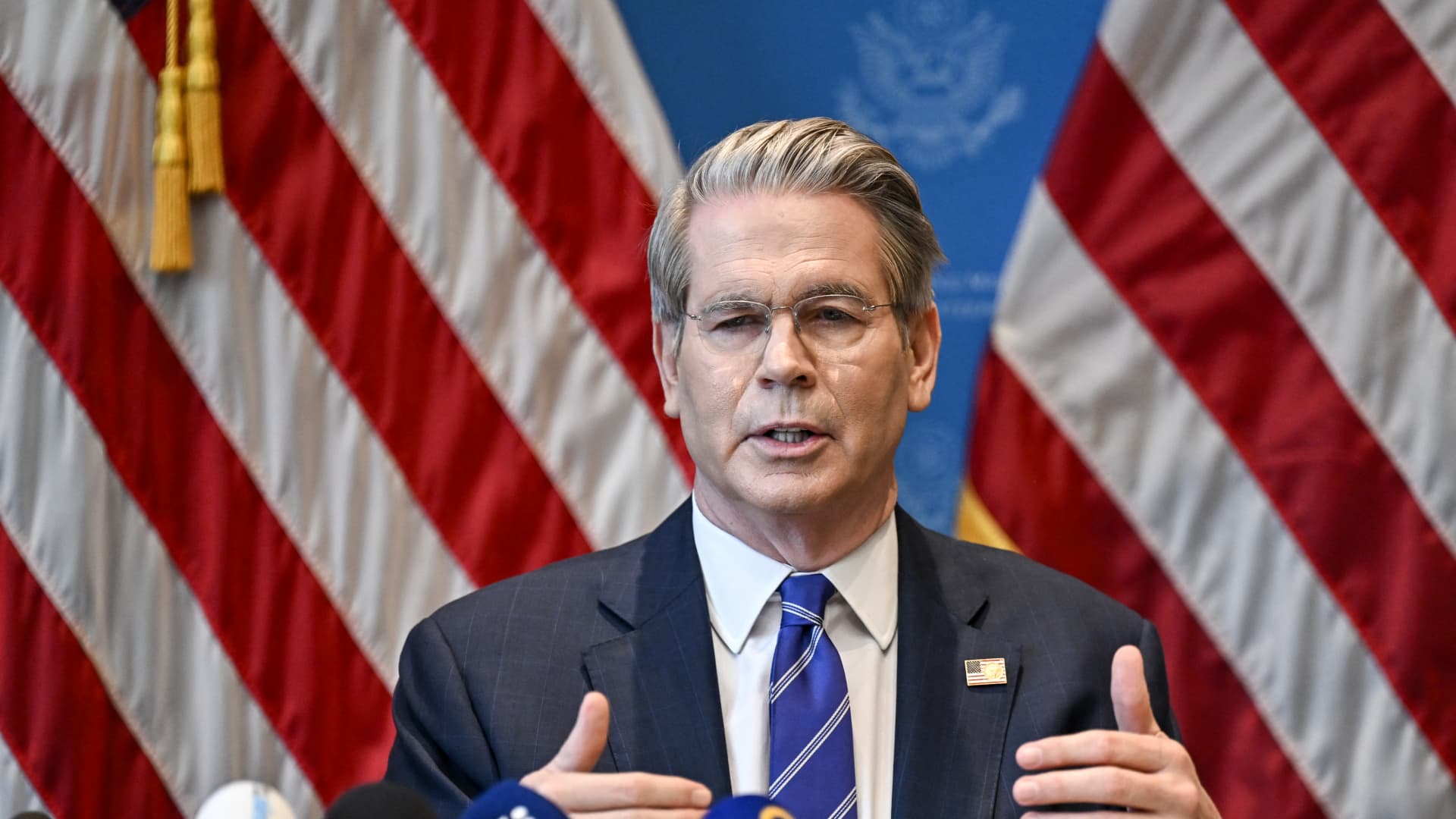U.S.-China Trade Talks: A Pivotal Moment in Global Economics
The recent developments in U.S.-China trade negotiations mark a significant turning point in the ongoing trade tensions between the world’s two largest economies. Treasury Secretary Scott Bessent’s statements and actions provide a clear indication of the direction these talks are taking and the potential outcomes that could reshape global trade dynamics.
The Current State of Negotiations
Bessent has been at the forefront of these negotiations, with his recent statements hinting at a more conciliatory approach from both sides. The Treasury Secretary has indicated that the U.S. and China are likely to meet again in the coming weeks to continue their discussions. This follow-up meeting is crucial as it aims to build on the “substantial progress” made during the recent talks in Geneva. The negotiations have led to a significant agreement: a 90-day pause on tariffs, with both countries agreeing to slash their tariffs by 115%. This temporary de-escalation is a positive sign, suggesting that both nations are willing to find common ground and work towards a more permanent agreement.
Key Players and Their Roles
Bessent, along with U.S. Trade Representative Jamieson Greer, has been instrumental in these talks. Their presence in Geneva, alongside Chinese Vice Premier He Lifeng, underscores the high stakes involved. The absence of White House trade adviser Peter Navarro from these discussions is noteworthy, as it suggests a more focused and streamlined approach to the negotiations. This move could be seen as an effort to simplify the process and avoid potential roadblocks that Navarro’s involvement might have posed.
The Road to De-escalation
The recent agreement to slash tariffs for 90 days is a significant step towards de-escalating the trade war. Both sides have acknowledged the need for a more balanced trade relationship, with the U.S. pushing for China to rebalance its economy. Bessent’s comments about the unsustainability of the current tariff standoff further emphasize the urgency of finding a resolution. The creation of a mechanism for further talks, led by Bessent and He Lifeng, is a positive development that could pave the way for more structured and productive negotiations.
Market Reactions and Global Implications
The market’s reaction to these developments has been largely positive, with investors rejoicing at the prospect of a de-escalation in trade tensions. The agreement to pause tariffs has provided a much-needed boost to market confidence, which had been on edge due to the ongoing trade war. The global economy stands to benefit significantly from a resolution to these trade tensions, as it would reduce uncertainties and foster a more stable trading environment.
Potential Challenges Ahead
While the current progress is encouraging, there are still challenges ahead. The 90-day pause is just the beginning, and both sides will need to work diligently to address the underlying issues that led to the trade war. The U.S. will likely continue to push for changes in China’s economic policies, particularly in areas such as intellectual property protection and market access. China, on the other hand, will seek to ensure that its economic interests are protected and that the trade relationship is balanced.
Conclusion: A New Chapter in U.S.-China Relations
The recent developments in U.S.-China trade talks signal a new chapter in the relationship between the two economic superpowers. The agreement to slash tariffs and the ongoing negotiations represent a significant step towards resolving the trade tensions that have plagued the global economy. With Treasury Secretary Scott Bessent and his counterparts working towards a more permanent agreement, there is hope that the trade war will de-escalate, paving the way for a more stable and prosperous global economic landscape. The coming weeks will be crucial in determining the future direction of these talks and the potential for a lasting resolution.


